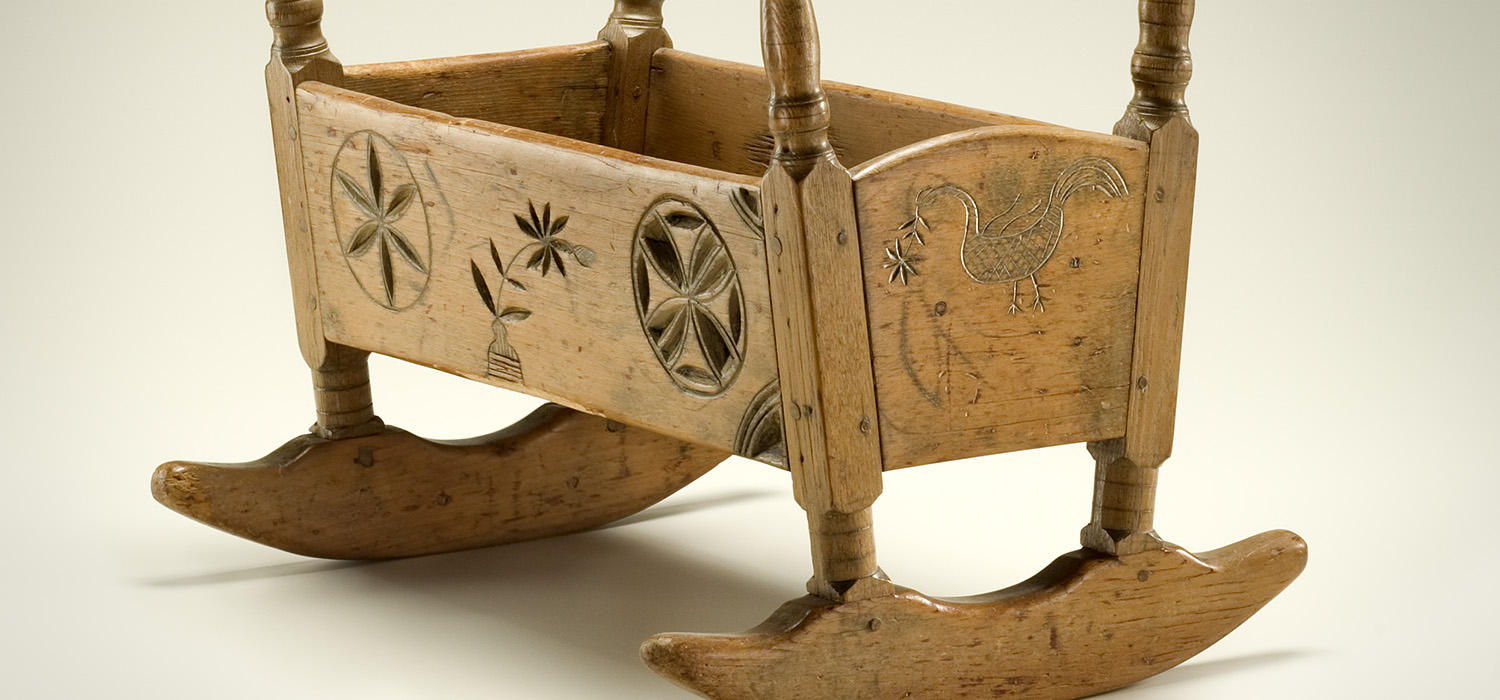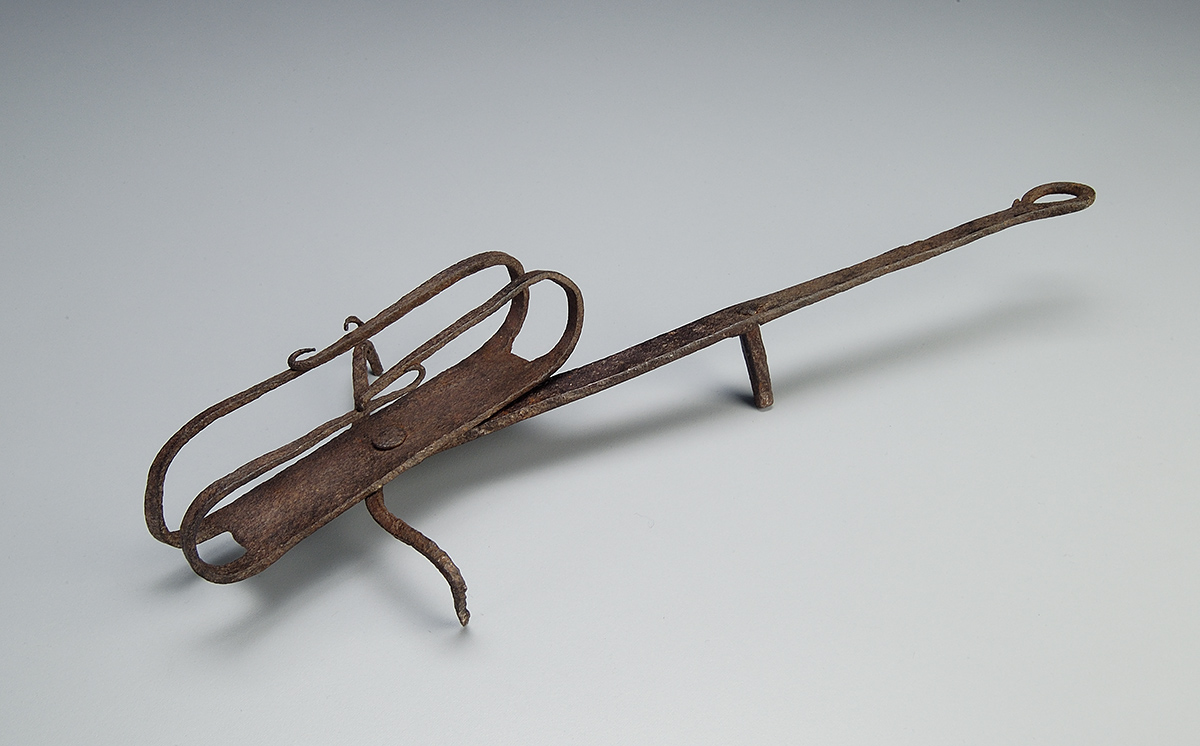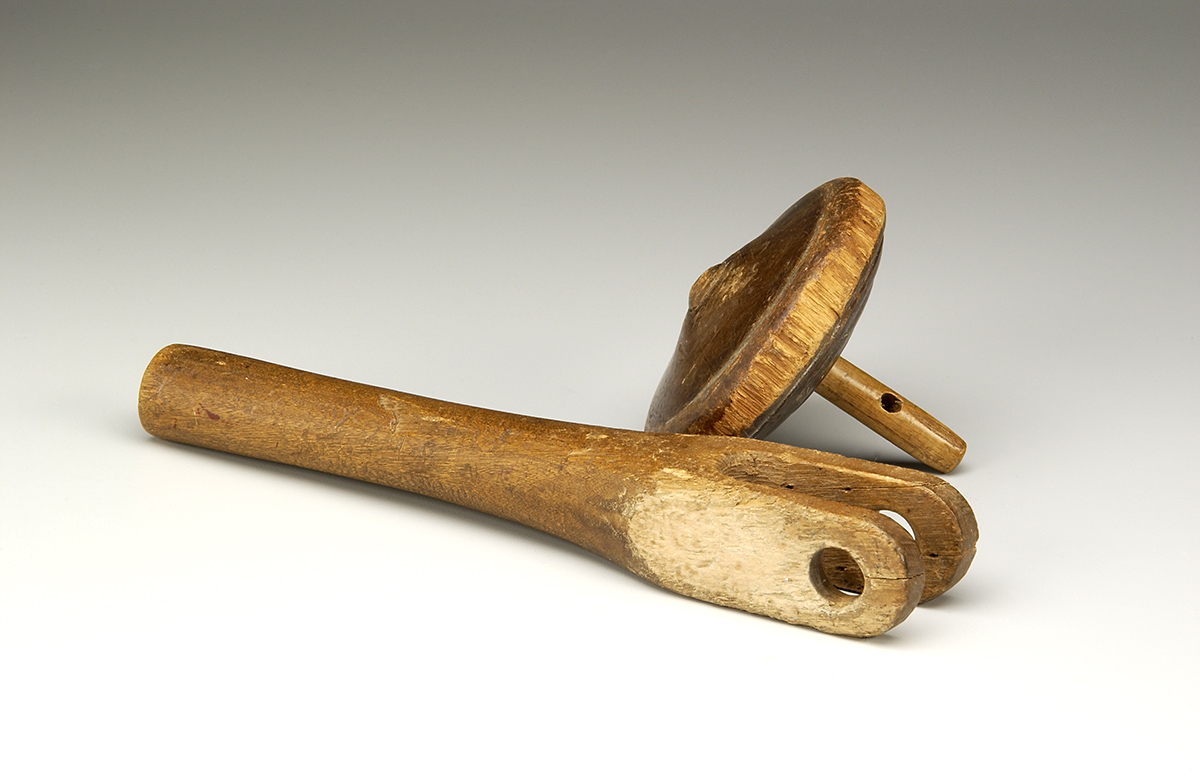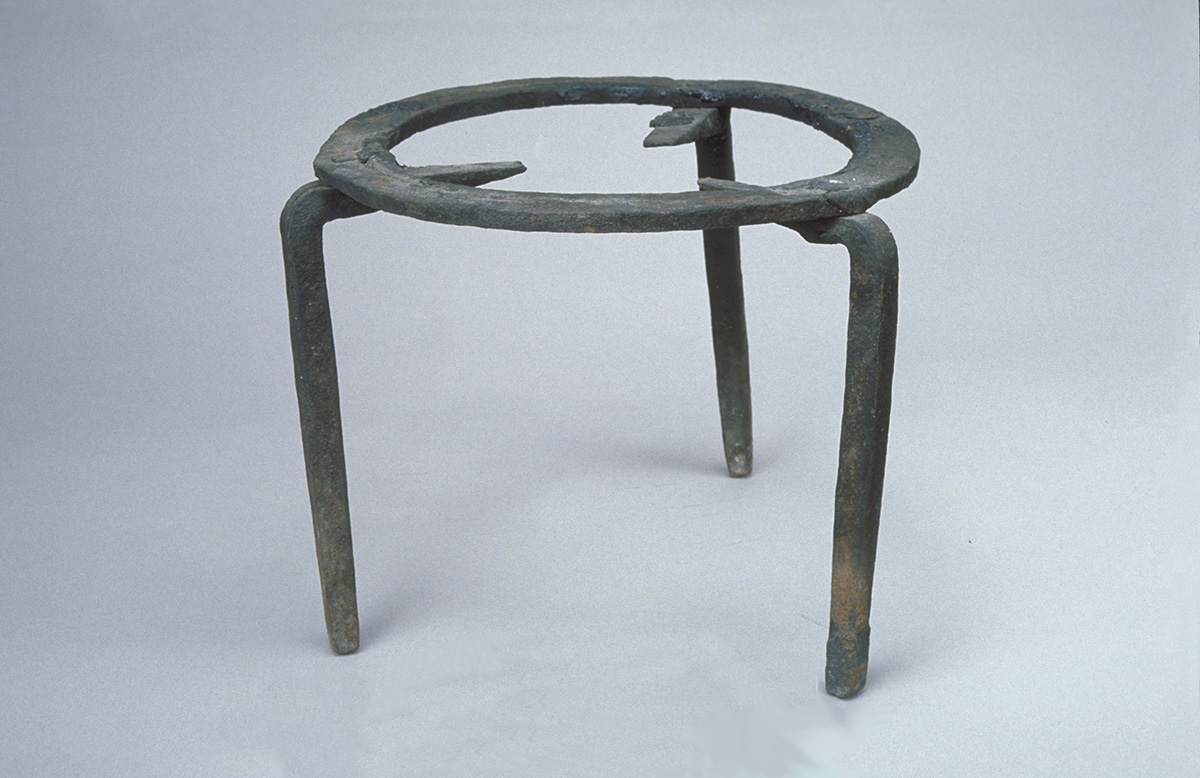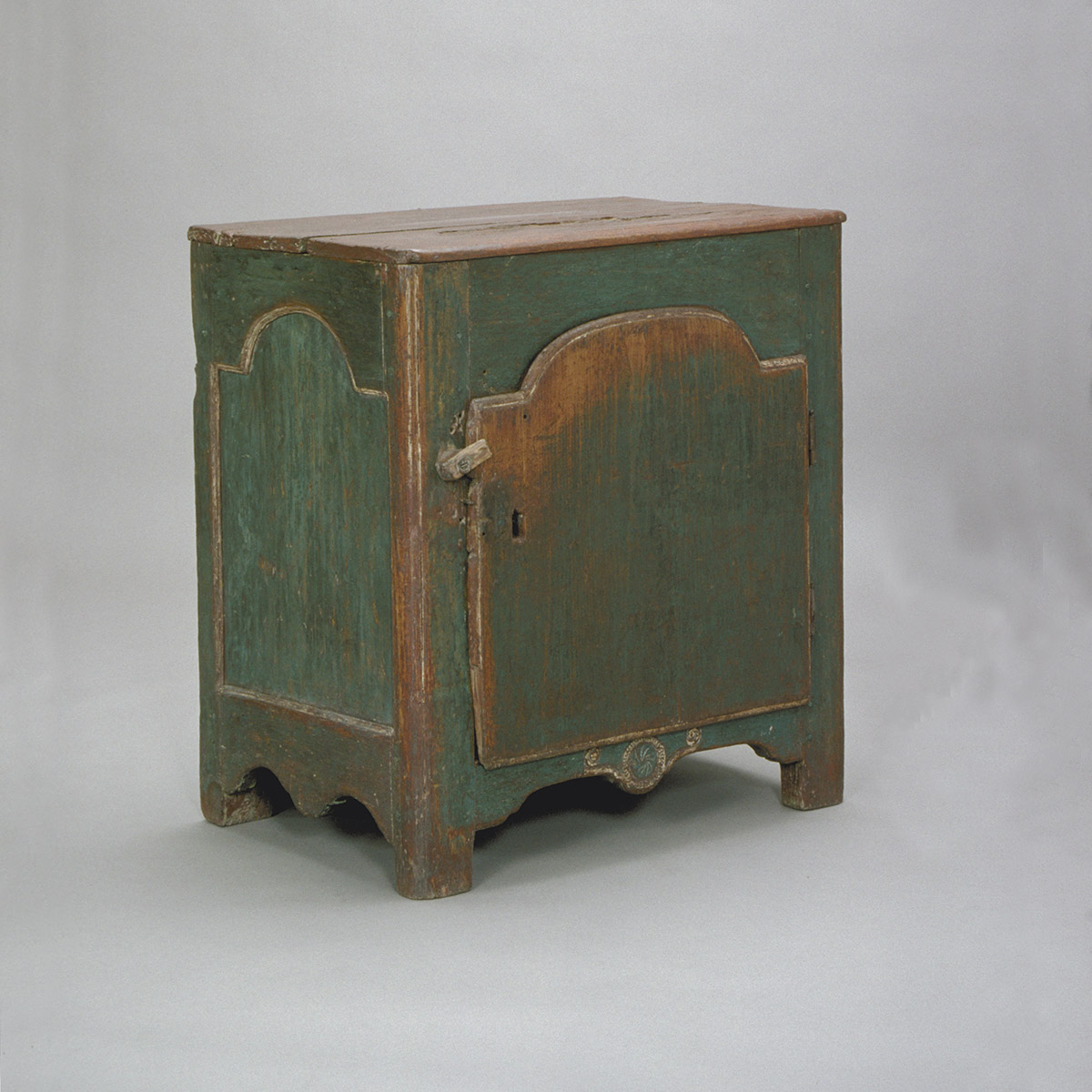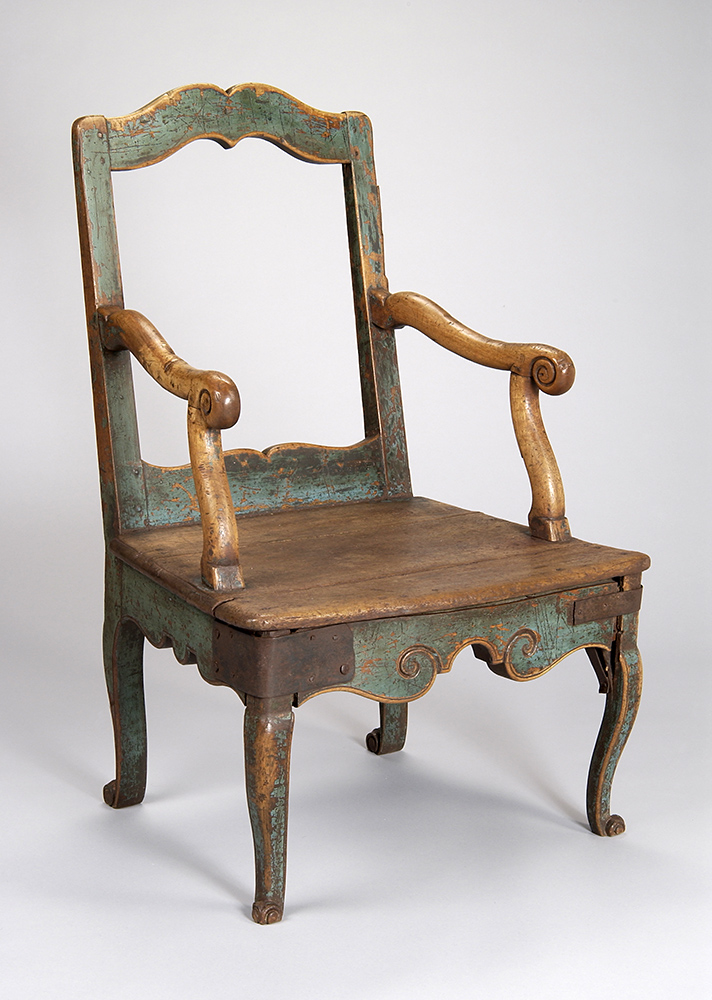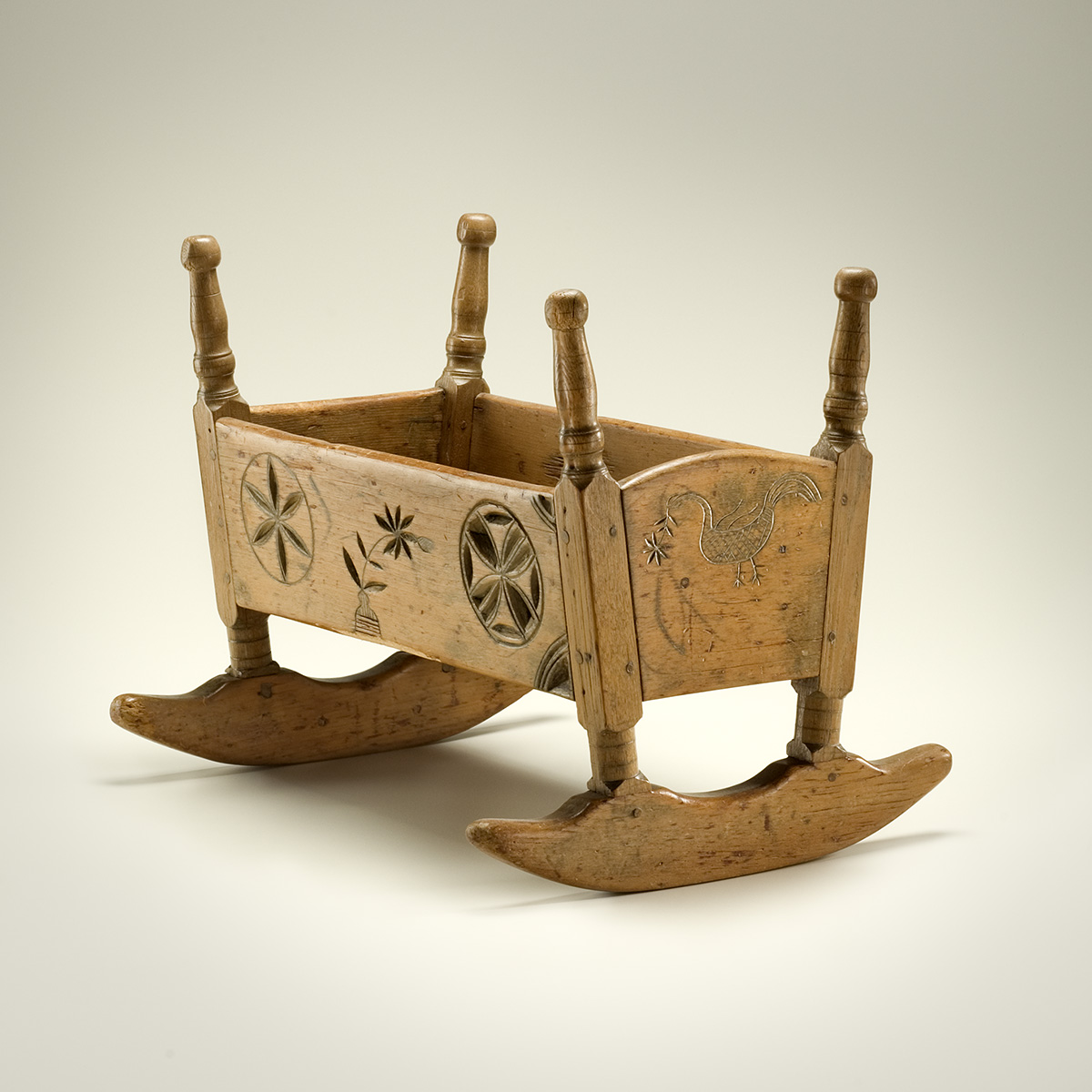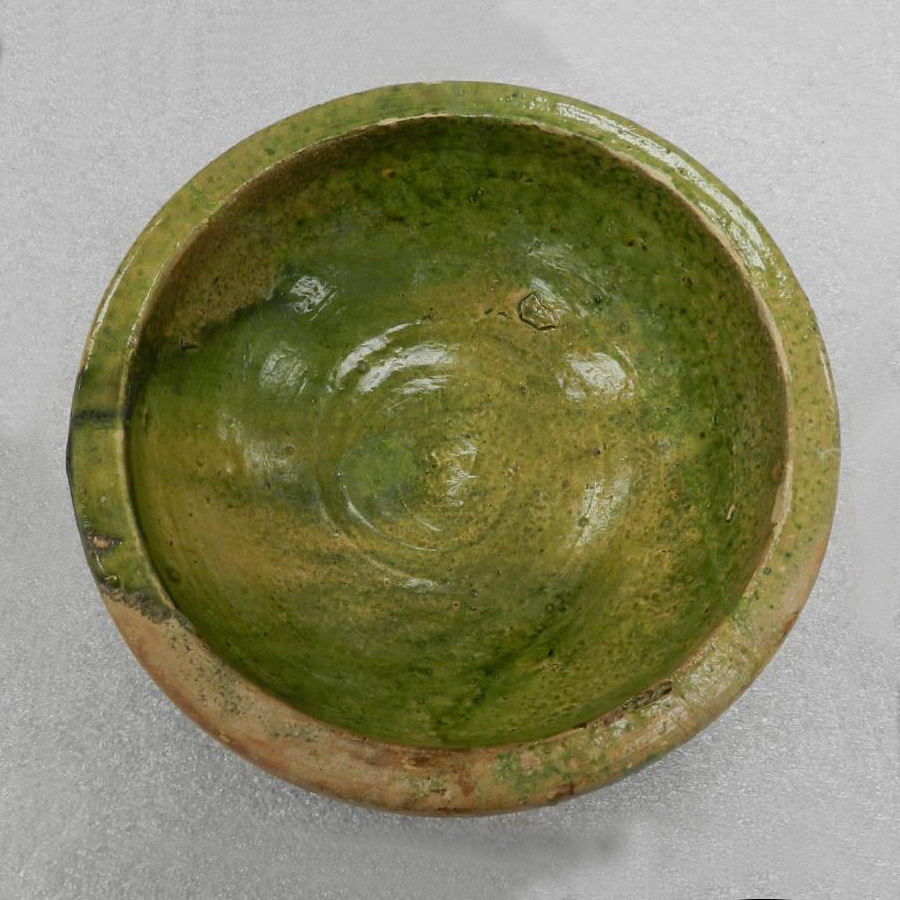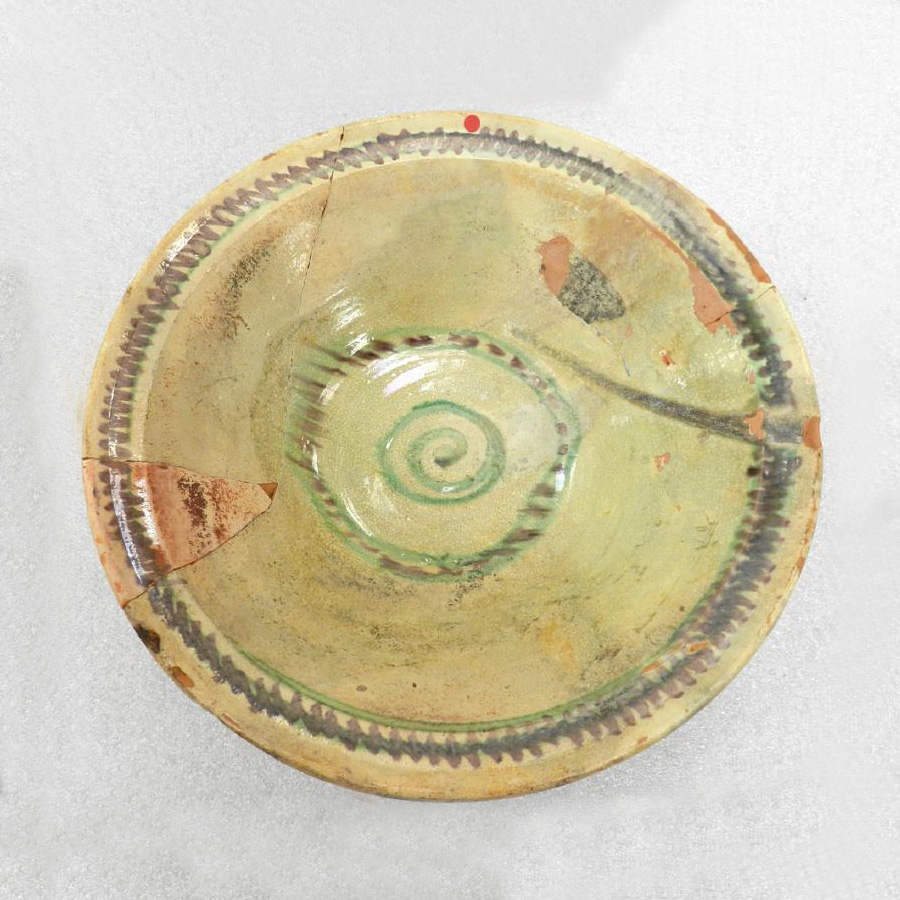With royal officials in control, New France became more than a fur-trade outpost. French women arrived in large numbers, and farms and families flourished.
King Louis XIV and his chief minister Jean-Baptiste Colbert gave New France a government similar to that of a French province. In New France — unlike France — there were no powerful local leaders to compete with the royal administration.
On paper, New France was a model of absolutist rule. But in practice, colonists enjoyed more prosperity and independence than their counterparts in France.
Between 1663 and 1763, some 10,000 men and women settled in New France. Most came from northern and western France, from the provinces of Normandy, Île-de-France and Poitou. Some newcomers settled in towns. Many more settled in rural areas. They brought with them knowledge and traditions from home, and soon adapted to a new environment. Canada had harsher winters but offered more opportunities than France.
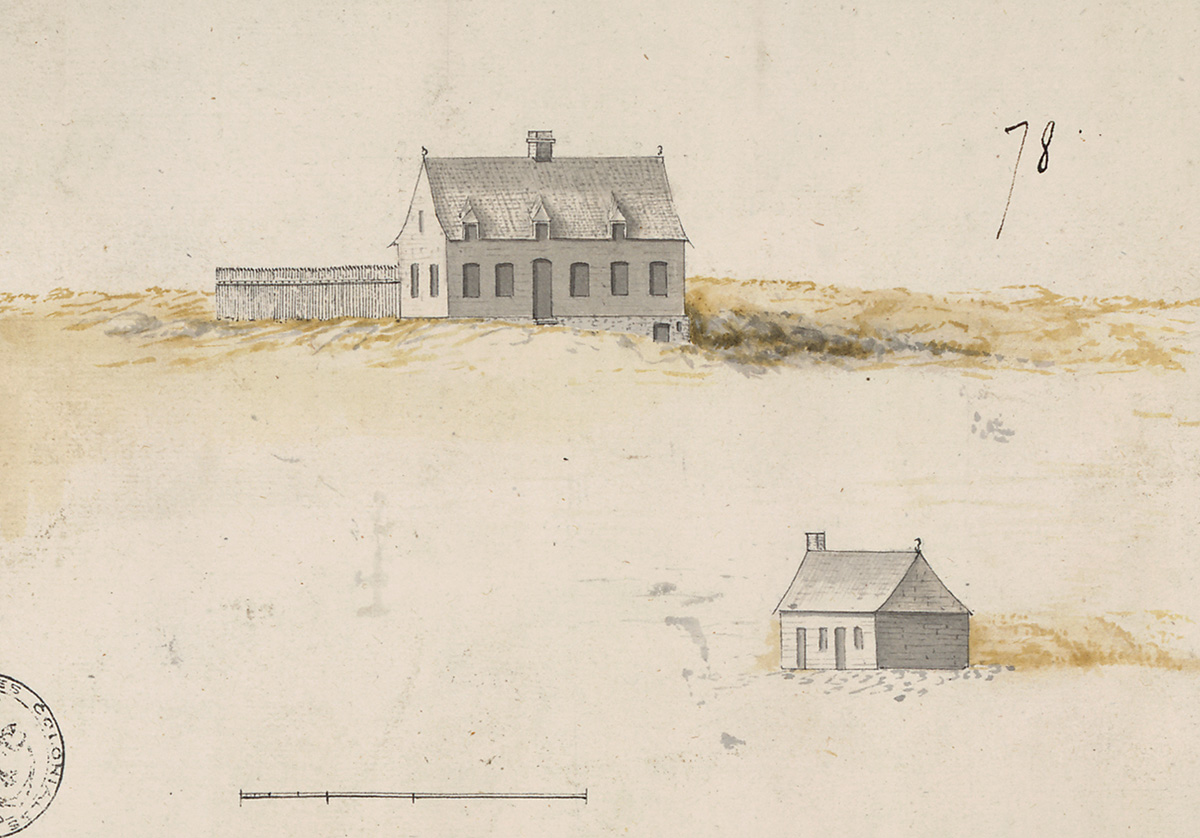
An 18th-century house, Canada or Île Royale
Archives nationales d’outre-mer, France, COL F3 290 n° 78
Home is where the hearth is
In chilly New France, the hearth was the centre of the home. Archaeological and historical evidence shows that habitants worked hard to make their homes more comfortable in winter. In 1749, Pehr Kalm, a Swedish visitor, wrote: “The farmhouse consists of three or four rooms, occasionally with glass windows but more often with paper ones. In one of the rooms is a large stove, and in each of the others an open hearth.”
Household Ceramics
Green-glazed ceramics, often from the Saintonge region of France, were very popular in New France.
